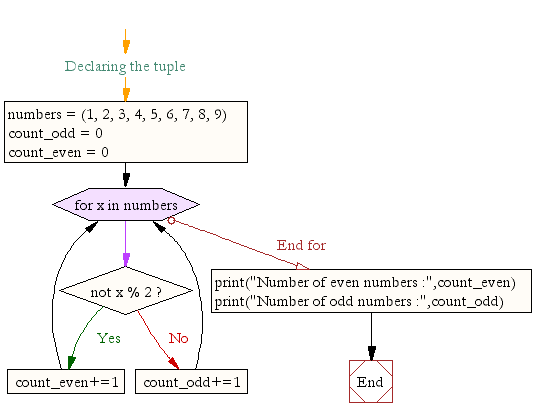

Instance, if you’d like to run the same application with different masters or differentĪmounts of memory. In some cases, you may want to avoid hard-coding certain configurations in a SparkConf. See documentation of individual configuration properties. While numbers without units are generally interpreted as bytes, a few are interpreted as KiB or MiB. Properties that specify some time duration should be configured with a unit of time. Note that we can have more than 1 thread in local mode, and in cases like Spark Streaming, we mayĪctually require more than 1 thread to prevent any sort of starvation issues. setAppName ( "CountingSheep" ) val sc = new SparkContext ( conf ) Which can help detect bugs that only exist when we run in a distributed context. Note that we run with local, meaning two threads - which represents “minimal” parallelism, For example, we could initialize an application with two threads as follows: master URL and application name), as well as arbitrary key-value pairs through the SparkConf allows you to configure some of the common properties These properties can be set directly on a Spark properties control most application settings and are configured separately for eachĪpplication. Logging can be configured through log4j2.properties.The IP address, through the conf/spark-env.sh script on each node. Environment variables can be used to set per-machine settings, such as.Spark properties control most application parameters and can be set by using.Spark provides three locations to configure the system: External Shuffle service(server) side configuration options.Custom Resource Scheduling and Configuration Overview.Inheriting Hadoop Cluster Configuration.
#Python list count run time code
Here we discuss a brief overview of Python List count and its examples, along with its code implementation. If we need to do the same, we need to pass the elements separate in separate count functions. We cannot pass multiple elements in the list to check for their occurrences. Pythons List count() function returns the number of times the element is present in the list. Example #5Ĭode: # Python program to count the number of times an object occurs in the list of string Let’s explore the same by taking some more examples of how it works for strings. The reason being ‘z’ is not even a part of the list. We get an output of 0 for this iteration. Notice here in the second print, where we have passed ‘z’ as an element to check its occurrence in the list.

Example #4Ĭode: # Python program to count the number of times an object occurs in the list of chars Let’s explore the same by taking some examples. How does the count function behave with the other data types like char or strings etc.? Let’s check this out by taking another example on the same. Yes, we need to call the count() function on the same list again, bypassing the other elements. So how can we check the occurrences of multiple elements in the same list? This program throws an error when passed two elements to check the occurrences of the same in the list. # Count() function as an attribute to count the number of times two elements occours in the list1 Do we pass two elements separated by a comma to the count() function? What happens if we need to check the occurrences of two elements in a single go. # Count() function as an attribute to count the number of times the numeral 6 occours in the list1 Given below are the examples mentioned: Example #1Ĭode: # Python program to count the number of times an object occurs in the list of integers The returned value is the integer which represents the counts of the element passed as an argument to the function.Here the argument passed is an element whose occurrence we need to check within the list.Count() function is used as an attribute to the list1, along with an argument.Here we started by creating a list of integers with each element having a single of multiple occurrences.Count() method returns the count of how many times the object occurs in the list.



 0 kommentar(er)
0 kommentar(er)
